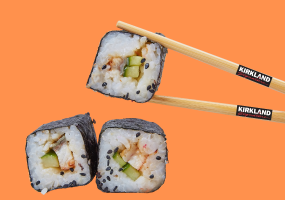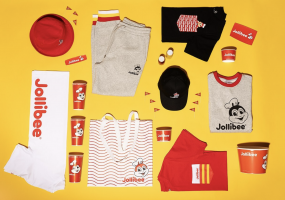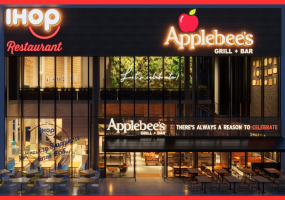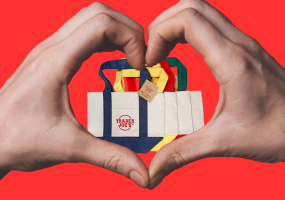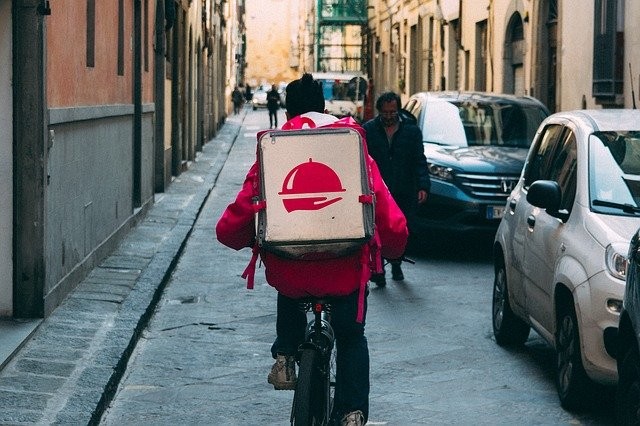
2020 was the year in which food deliveries became the new normal, and that trend won't change in 2021. Research conducted by MarketWatch found that revenue for traditional food delivery companies doubled in 2020, and 52% of consumers would continue to prefer having their food delivered, even when restrictions are lifted on restaurants, grocery stores, and other eateries. This is creating new problems in a market that has required food producers to pivot quickly towards the new, convenience-focused food market, where keeping shipping costs to a minimum and providing lightning-fast service is king.
Service is a must
As more Americans have stayed at home, deliveries of groceries have surged. The Financial Times have reported a gigantic 300% surge in orders provided by CVS, 7-Eleven, and other stores, with independent courier service DoorDash providing a further link. Key to these services existing is low costs for overnight shipping, which keeps the supply chain moving and ensures round-the-clock service for needy customers. However, there are blockages in this conveyor belt - benefits like the SNAP are not providing enough cash to families to cover delivery costs, in addition to the demands of the system, according to USA Today, and government impetus might arrive too late. Furthermore, the current system is putting a strain on certain areas of the supply chain.
Supply chain issues
A study published by the Journal of Current Research in Behavioral Sciences has highlighted a major issue in the current food supply chain. With fewer workers available in food production, and with labor shortages causing issues throughout the chain - culminating, now, is a lack of income with the customer - a public distribution system is increasingly being advocated. While this might seem unlikely in the USA, which has a highly commercialized food market, it could yet be installed along the same lines as food stamps. Conversely, the USA can continue to encourage the import of food, something it typically does not rely on as, historically, a net exporter of food.
Future plans
The same study advocates for anti-protectionism in US food policy, including looking to Canada, Mexico and Argentina for food supply. As countries all currently faring better with the COVID-19 pandemic than the USA; they have better infrastructure in place to ensure that they can meet the demands of their food industry and continue to export to the USA. Making sure that supply lines are kept open with partner countries is crucial - where there are stoppages in the USA, this demand can be met and countered to ensure that there's food moving along the supply chain at all time and that the new convenience-driven food culture does not lead to major issues along the way.
As long as people are preferring to eat and cook at home, or have their deliveries from restaurants made in the same way, there'll be big changes to consider for the supply chain. For the USA, that means looking to arrange to ship via international methods. Using regional and wider partners to fuel this shift in behavior will help to produce a better future where people continue to eat well.
* This is a contributed article and this content does not necessarily represent the views of foodworldnews.com





